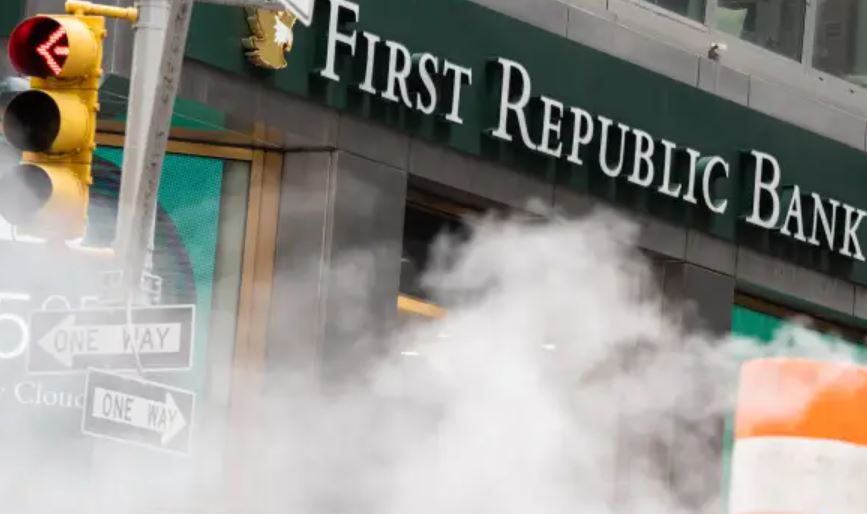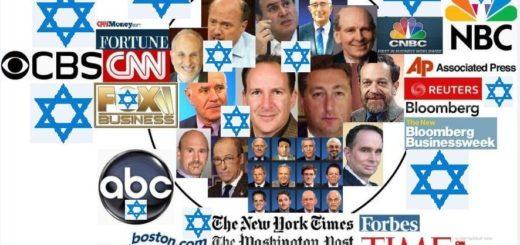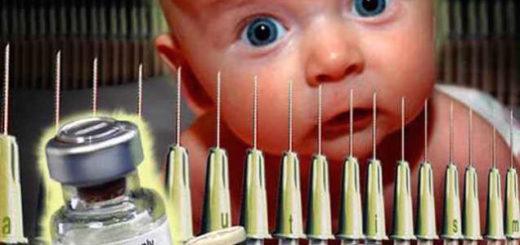
I thought Joe Brandon said the banking system is safe. If so, why did multiple bank stocks crash at the market open? Some of them have had their trading suspended.
Do you know what is not crashing? Gold, silver and bitcoin.
I’m glad I own all three. If the US Dollar goes to zero value, I’ll still be able to afford food and basic necessities.
The Jew liar Jim Cramer is saying the banking system will be stronger after today. So you can safely assume the opposite considering his track record.
Coinbase says it has about $240 mln cash balance with Signature Bank
-
SBNY0.00%Signature Bank Issues Updated Financial Figures As Of March 8, 2023 Reiterates Strong Financial Position And Limited Digital-Asset Related Deposit Balances In Wake Of Industry Developments
-
SIVB0.00%
-
COIN+13.64%
March 12 (Reuters) – Coinbase Global Inc has about $240 million in corporate cash balance with Signature Bank , the U.S. crypto exchange said in a tweet on Sunday, hours after the state regulators closed the New York-based lender.
“Due to FDIC’s hold on Signature’s transactions, we’re currently facilitating all client cash transactions with other banking partners,” the tweet added.
The closure comes just two days after California authorities shuttered Silicon Valley Bank, in a collapse that roiled global markets and left billions of dollars of deposits belonging to companies and investors stranded.
The U.S. Treasury Department and other bank regulators said in a joint statement that all depositors of Signature Bank will be made whole, and “no losses will be borne by the taxpayer.” The Signature failure is the third largest in the U.S. history.
(Reporting by Gokul Pisharody in Bengaluru; Editing by Sherry Jacob-Phillips.
Cause of the Bankster Storm:
The Federal Reserve Is the Source of Regional Banks’ Panic
March 12, 2023, 2022 (EIRNS)—The Federal Reserve Bank, by its headlong rush to jack up interest rates since the spring of 2022, with the dubious alibi that it is trying to control inflation, has placed regional and community banks in the United States, and some banks abroad, in danger of meeting the fate of the failed, $210 billion-asset Silicon Valley Bank in Santa Clara, California. Despite all the chattering of Wall Streeters and officials on Sunday about a “special fund” of the government to bail out SVB depositors and “prevent contagion to other banks,” dealing with the Federal Reserve and its economically destructive policy should be the priority.
All U.S.-based banks, of all sizes, hold U.S. Treasury securities in their capital, with the average of Treasuries, U.S. Agency bonds and state government bonds constituting around 25% of capital assets. That proportion grew during the dozen years after the 2008 crash, as Fed zero-interest rate policy created a kind of “guaranteed boom” in Treasuries with which to collateralize speculations.
The way to deal with this accumulating zero-interest dynamite was to nationalize the Fed—or to create a large National Bank for infrastructure and industry, and let banks trade their Treasury securities for equity in that bank, with long-term preferred stock with interest rates substantially higher than the Treasuries. Either way, Treasury interest rates would rise gradually toward more normal levels without creating big losses in banks’ and investment funds’ capital.
Instead, when the Fed reversed and executed large interest rate hikes starting last spring, banks across the board booked substantial capital losses, as these long-term and low-interest government bonds declined in value. (The Federal Reserve itself, loaded with Treasuries from massive QE money-printing operations, is no exception.) The losses were “unrealized” unless the bank had to sell them, taking “realized losses.”
SVB had the misfortune of having the highest ratio of Treasuries to its capital of any large bank in the country. This brought on a rapid run on the bank by a “tech” sector which is in deepening recession, as soon as SVB tried to sell some assets to restore its liquidity and took the losses. Because of the tech swoon, SVB had already lost about $25 billion in deposits since the end of 2022; then it lost $42 billion more in a day and a half March 9-10.
While SVB was an outlier in this, there are plenty of other banks the Fed has gored and wounded with its interest rate policy. The U.S. dollar got really “strong” for economic warfare against other nations; but the U.S. banking system, it has now become clear, was collateral damage.

















